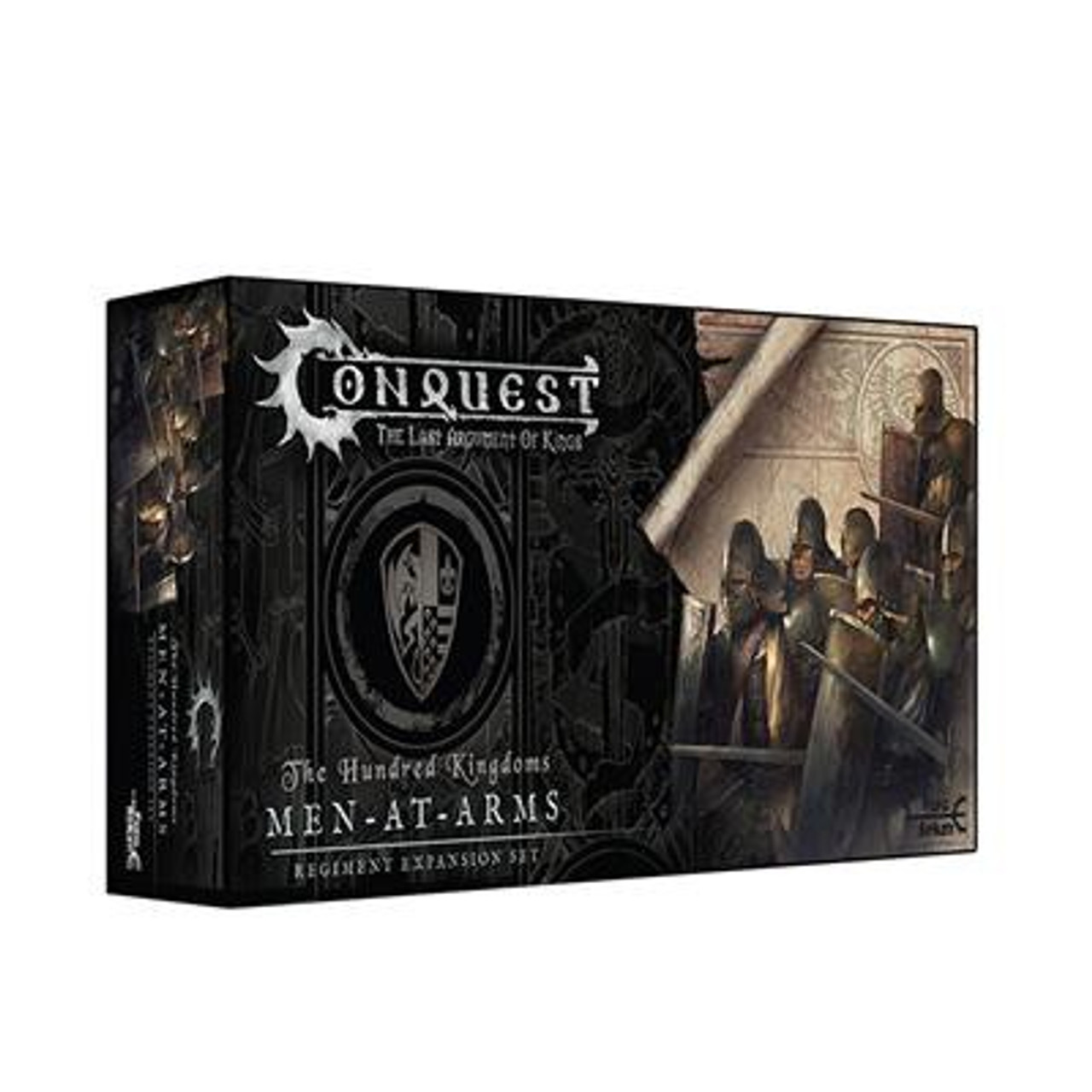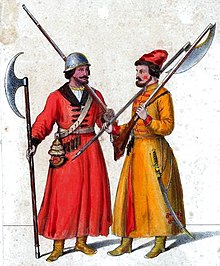At the start of last year I transitioned from full-time work
to full-time study. I had been working full-time for nearly a decade and the
change in income was significant. I went from having a large amount of discretionary
income to spend on the wargaming hobby to almost none. Inevitable this was going to necessitate a change in attitude
and approach if I was to continue in the hobby. The simply reality is wargaming
is an expensive hobby, even more so if you decide to play a number of certain
games such as Warhammer or Warmachine. This post is intended to give you an
idea of how I’ve managed to continue wargaming “on the cheap”, so to speak. It
may be useful if you have had or are expecting a financial shock or to help
coax someone new into the hobby.
Change 1 - Ditch Games Workshop, entirely.
For those engrossed in the wider wargaming world this might
seem obvious. To those who’s knowledge begins and ends at Warhammer (maybe with
some cursory knowledge of other games) it’s not an entirely intuitive idea. The
simple reality is that Warhammer, while featuring some stunning miniatures, is
the most expensive set of games in the entire hobby. It’s also surrounded by a
high cost ecosystem of paints and accessories. With the change in Games Workshop’s
approach surrounding the eight edition of Warhammer 40k, keeping up with the
pace of rules changes has added yet more expense as the company releases as the
game updates yearly, adds updates through “campaign books” and increases the
pace of army book releases. A typical unit in 40k now costs around 100AUD –
that can buy entire forces for other games.
On another note, after you’ve got away from GW for a while,
selling off your old Warhammer is an awesome way to pick up a ton of new models…
 |
| These miniatures for Conquest are similar in size to GW's Age of Sigmar but are cheaper and still beautiful |
Change 2 – Go historical
Straight up, this point is kind of iffy. Historical
miniatures are usually cheaper but then you end up starting so many new periods
and games it can offset it entirely if you’re not careful! But why are
historicals cheaper than sci-fi and fantasy miniatures? The simple explanation
is competition. Anybody and everybody can make a historical miniature. An
example of this is models for Flames of War, a 15mm scale WW2 wargame. While
Battlefront (the creator of the game) makes models for it, numerous other
companies also have extensive 15mm WW2 ranges. These companies are all
competing on price and quality, giving gamers more choice and keeping prices
low. Sci-fi and fantasy games can lock players into a company’s ecosystem. If
you want to play Warmachine, you’re forced to buy Privateer Press’ models as
they own the intellectual property. That’s not to say there isn’t any cheap
sci-fi or fantasy models – there are – but companies are able to dictate prices
far more readily than those who make models for historical games.
 |
| New GW miniatures are typically priced around 100AUD for 10. 80AUD will net you 60 of these stunning Victrix vikings! |
Change 3 – Go smaller scale
There’s no surprises here – smaller models are cheaper! I
could collect WW2 in numerous different scales, from 54mm all the way down to
2mm. Typically the smaller the scale, the cheaper it is to get in. As a result
you can often field far larger armies in small scales such as 6mm or 10mm
compared to large scales like 28mm. In 28mm you might be able to put down a
platoon’s worth or soldiers on the table while in 6mm you could play with an
entire brigade of troops.
 |
| Have fun painting this much cavalry in 28mm without breaking bank or soul |
Exploring the smaller scales has been a revelation in my
hobby. While I had some experience in 15mm from Flames of War and By Fire and
Sword (still my favourite wargame ever), moving into 6mm in particular has
opened my eyes to the opportunity the smaller scales afford. I can paint bigger
armies faster and cheaper and play larger, more expansive battles. It took
dozens of players to play out Waterloo in 28mm last year in Glasgow – in 6mm it
can be done by two players without enormous expense. The games often look stunning
too. Smaller scales let you model rolling fields, villages and towns that gives
the feeling of overlooking an entire battlefield not just a small sector. Things
like weapon ranges become more realistic in smaller scales and you play those
BIG battles on a standard 6x4ft table you just couldn’t do on a 28mm table of
that size.
 |
| My 6mm Napoleonic Russian army (in progress). Cheap but looks great (in my opinion!) and a huge amount of models! |
Change 4 – Paint more, buy less
Let’s face it, almost every wargamer has their cupboard of
shame where previous projects are piled up, maybe assembled but almost
certainly unpainted. I’m no exception. What’s changed in the past year or so is
that I’m far more willing to pull out old boxes of miniatures and put some
paint on them or failing that to put them up for sale. That random box that you
bought on a whim years ago can provide a wonderful break from your main
project(s). I’ve been painting some Dystopian Wars models I found in my
cupboard recently to give myself a break from my By Fire and Sword Muscovites. It’s
also inspired me to perhaps try and get a game in of the now discontinued
Dystopian Wars. You don’t need to pull out entire armies from the cupboard and
start painting them, just pull a box out here and there and put some paint on
it instead of going to the shop to buy something new. The older and more forgotten
the more exciting it can be! I’ll be honest though, I still buy more than I can
paint, but at least I buy cheap stuff and to far less an extent than I used to.
Change 4 is still a work in progress.
 |
| I pulled some Dystopian Wars models out of the cupboard and am having a tonne of fun painting them! |
These changes in isolation might not save a tonne of money. Once
combined though I found I was saving significant amounts of money compared to
what I used to spend on wargaming. There’s things not listed here that are also
effective strategies, such as buying second hand miniature (something done by a
lot of players who play GW games!). Sometimes we simply can’t afford the game
we want or that big new shiny model, but knowing that alternatives exist that
hold just as much fun can enable you to continue your hobby when finances are
tight or you simply don’t want to spend as much on wargaming anymore.
I hope you enjoyed the read. Upcoming posts include more in my series on By Fire and Sword along with painting updates on By Fire and Sword, 2mm WW2 and Dystopian Wars. Thanks!





































